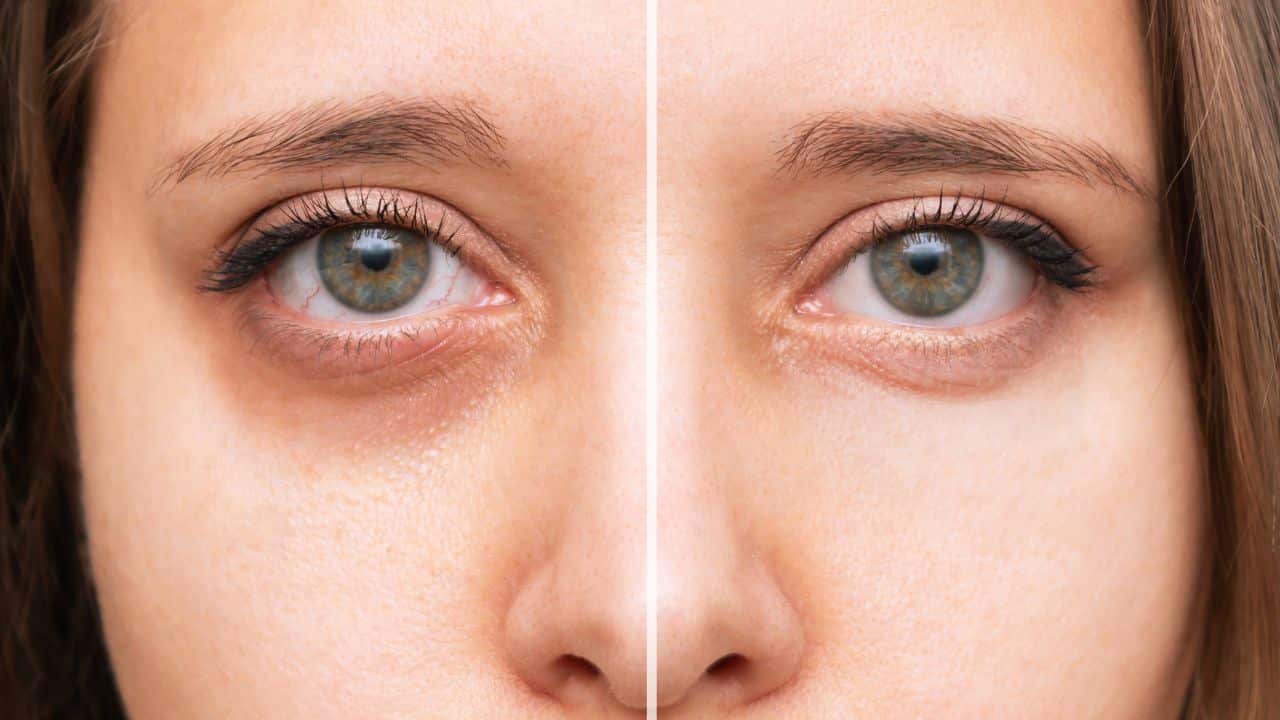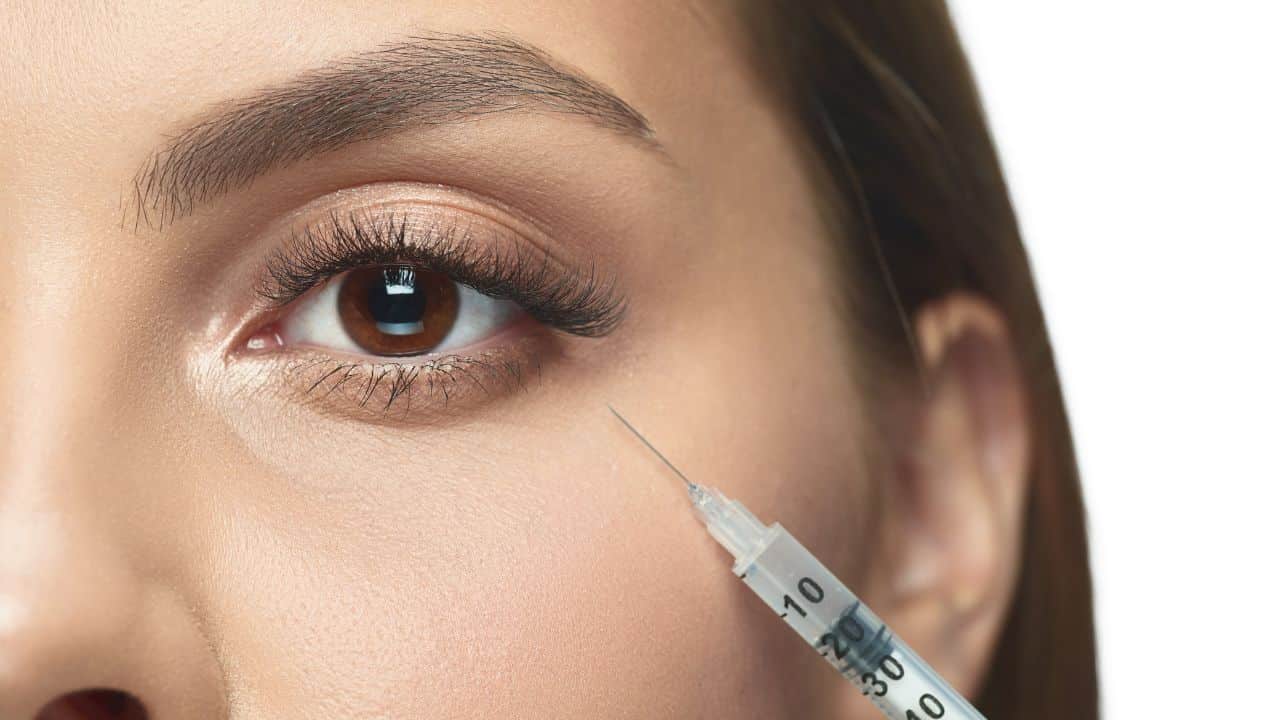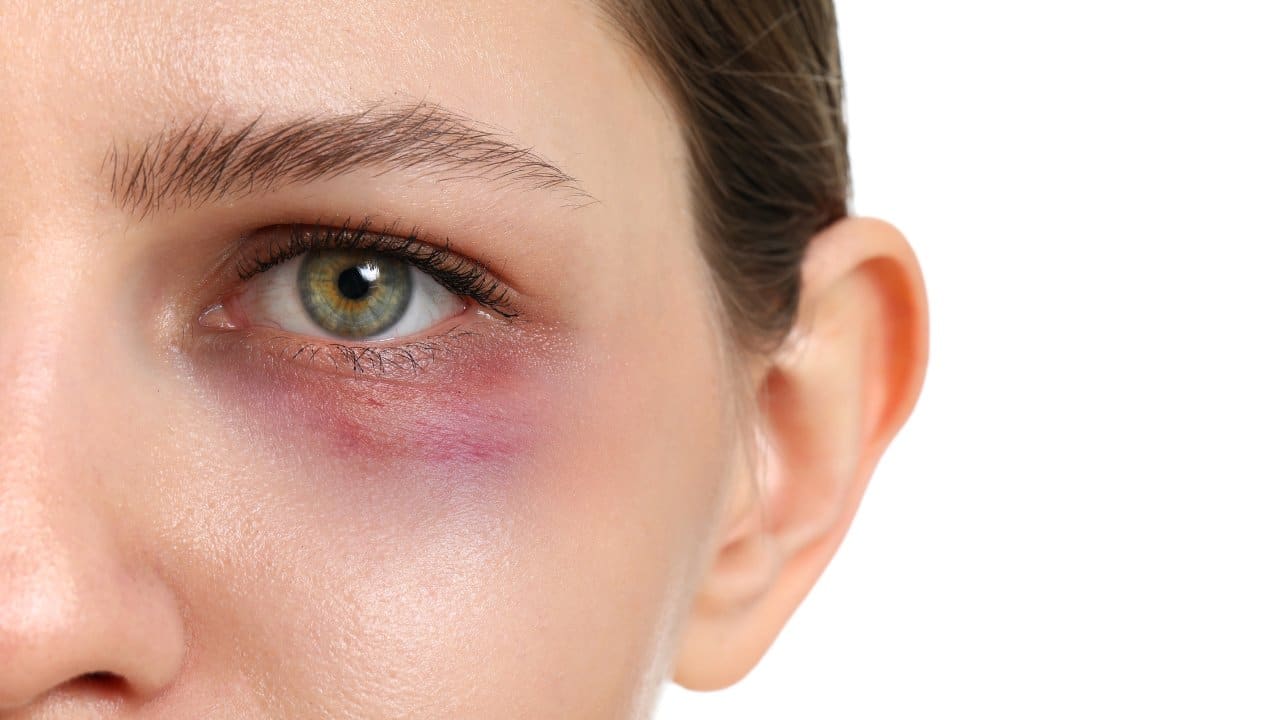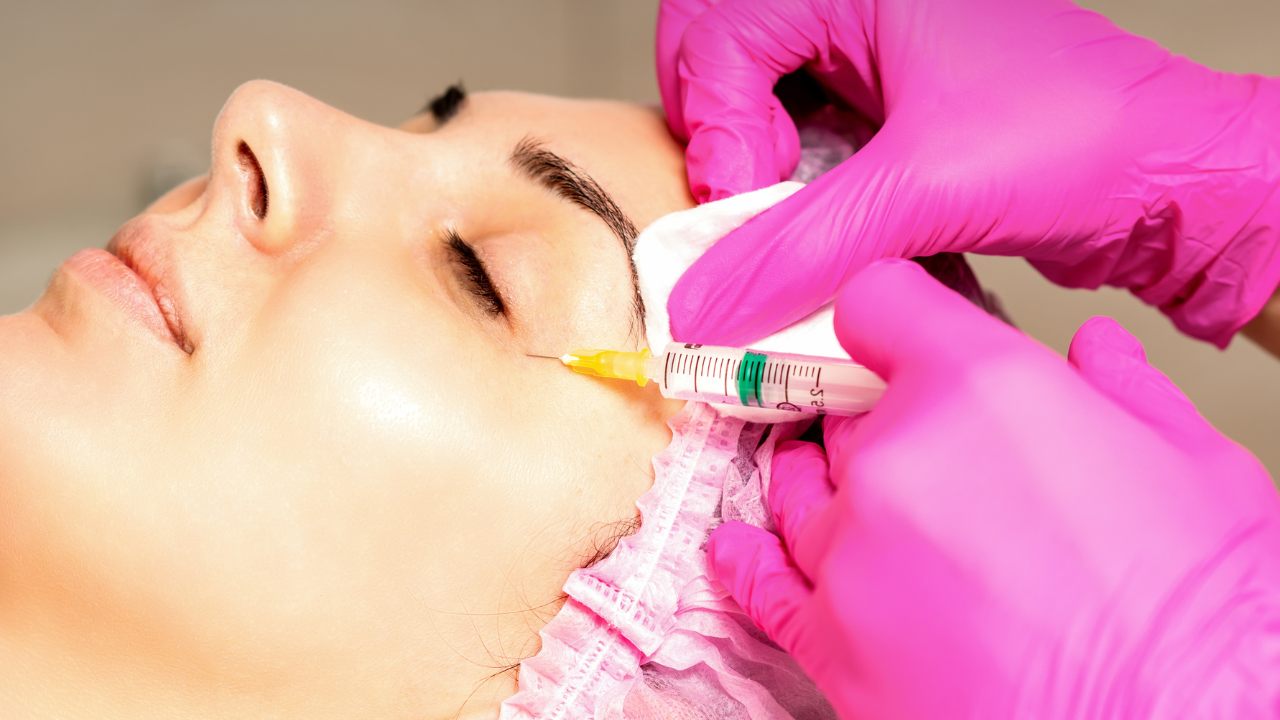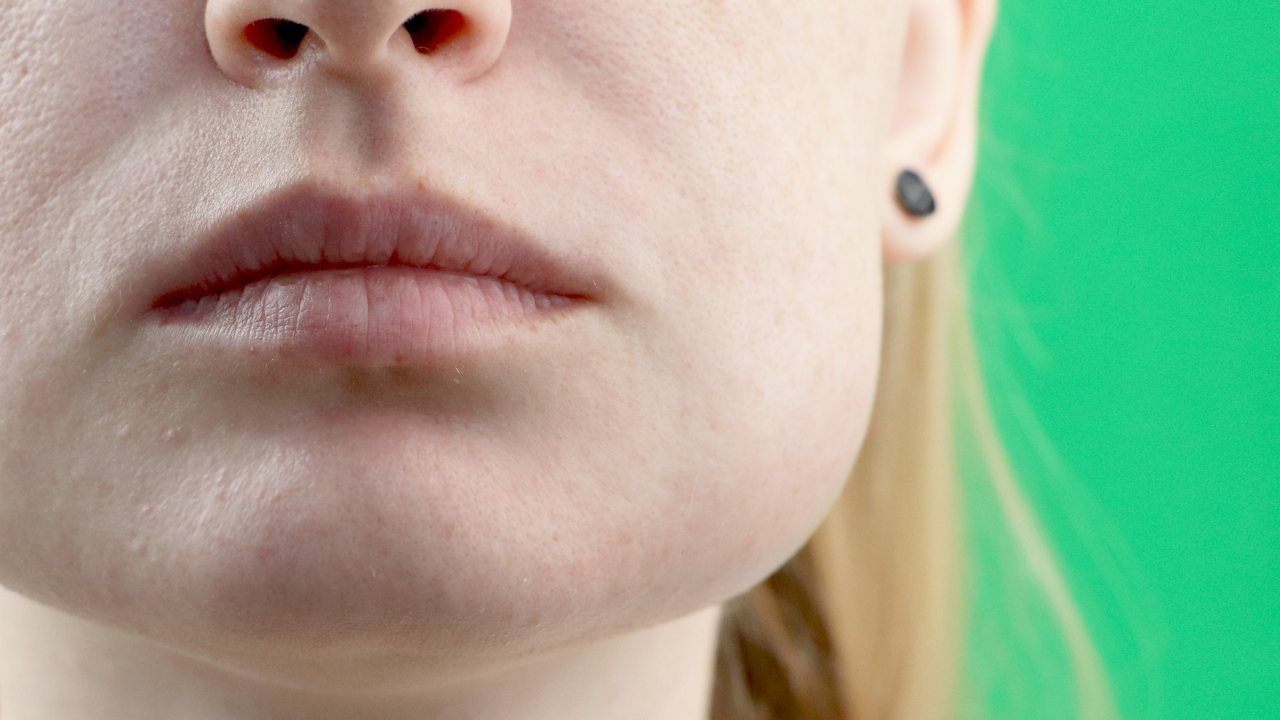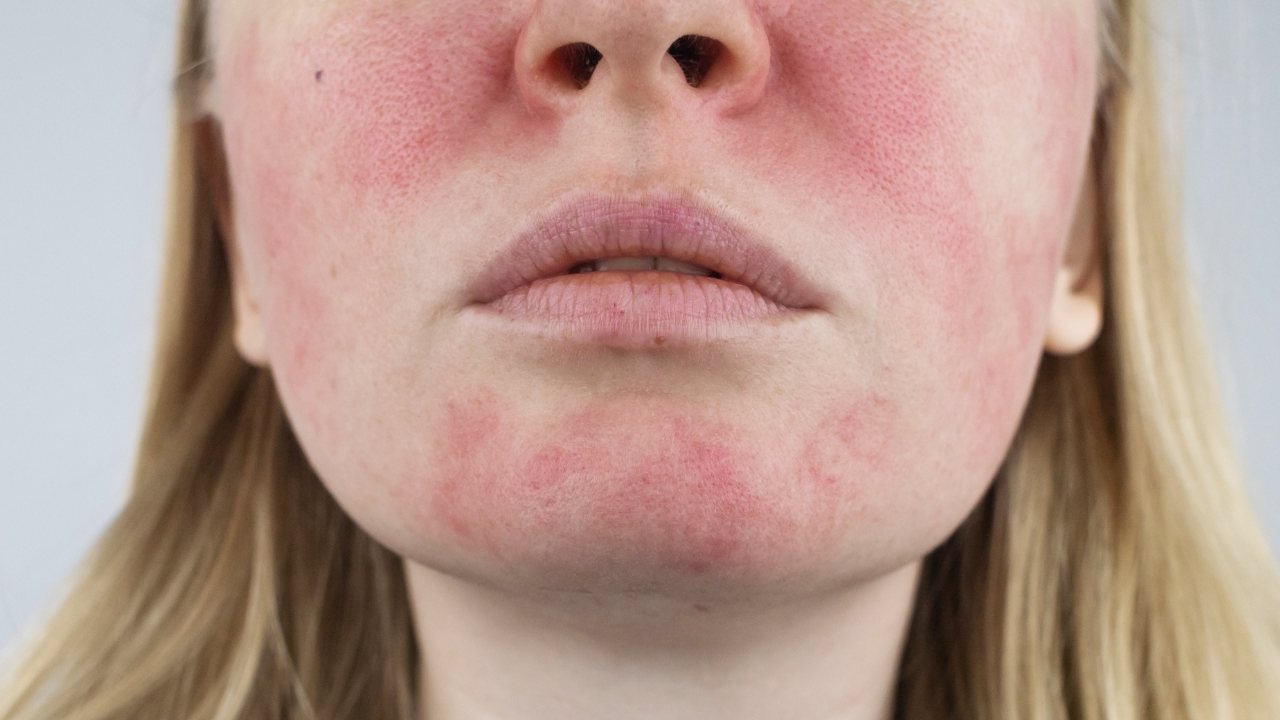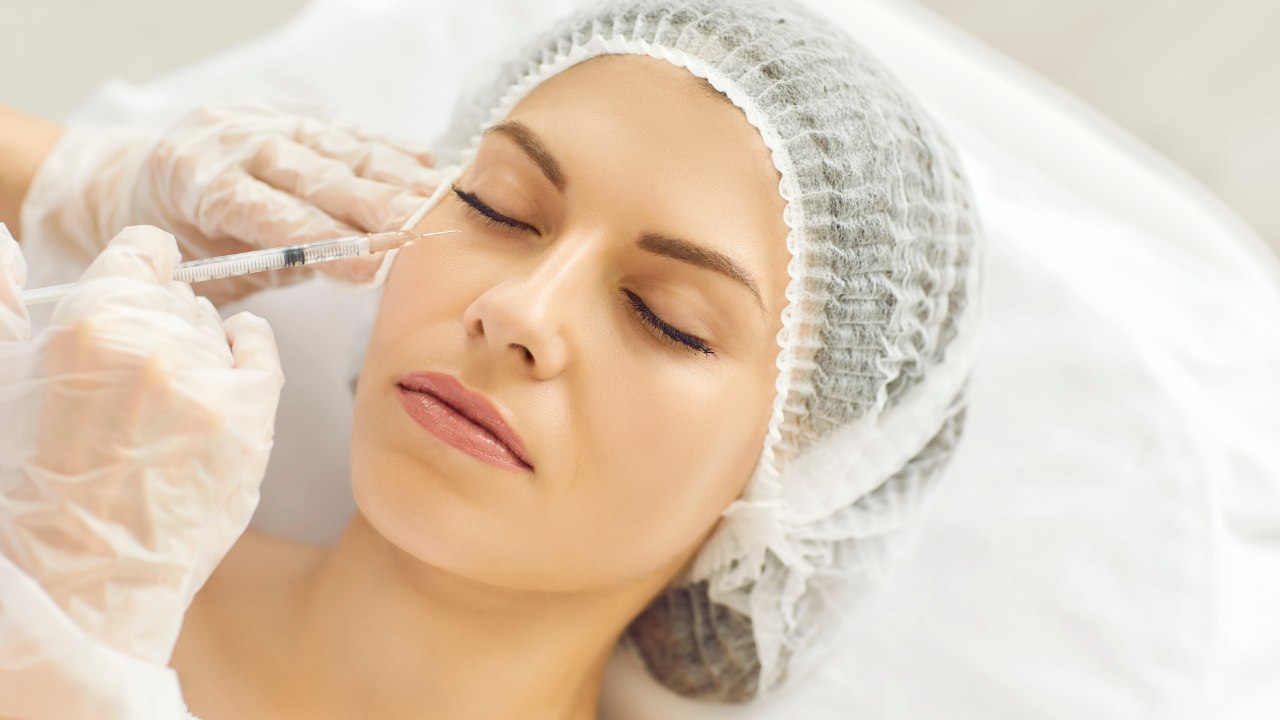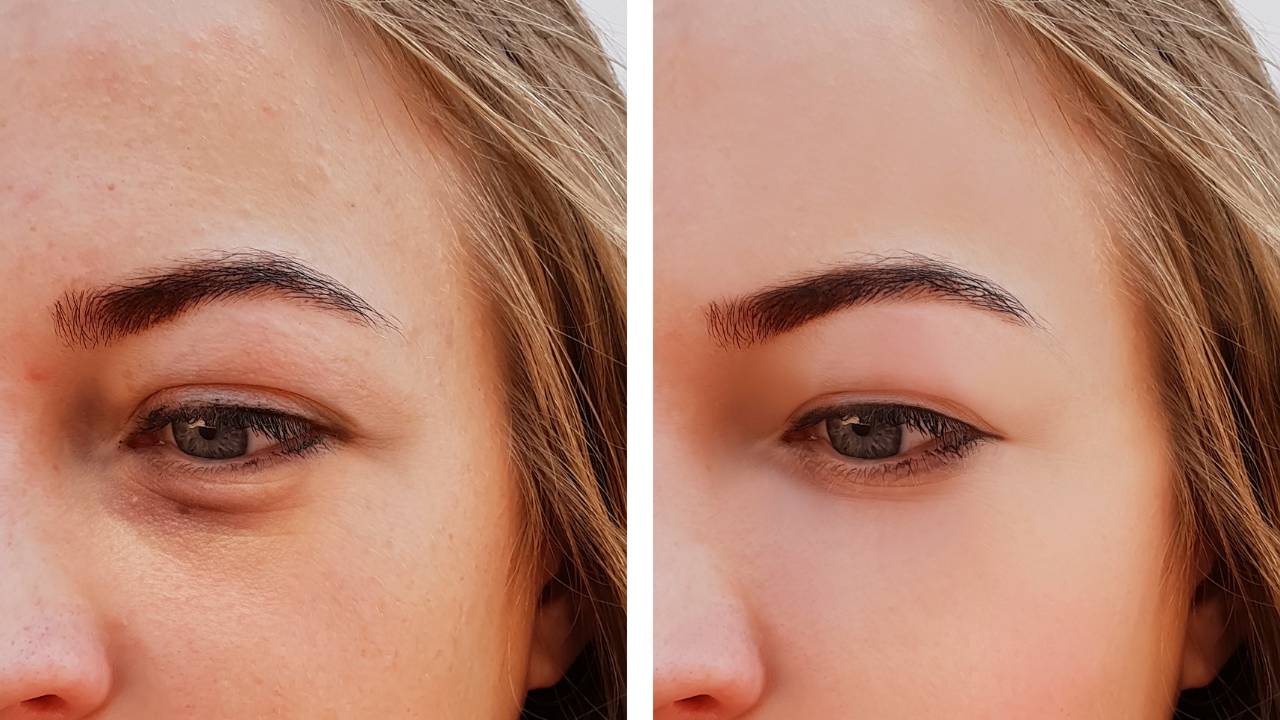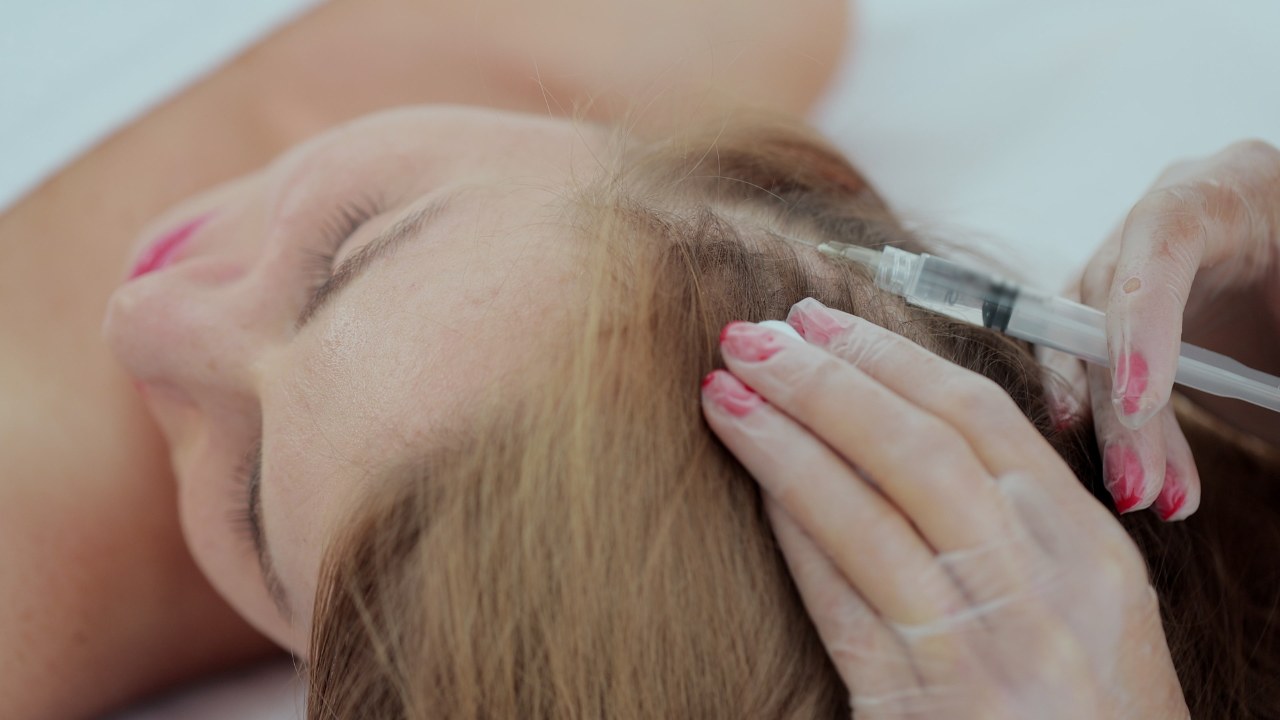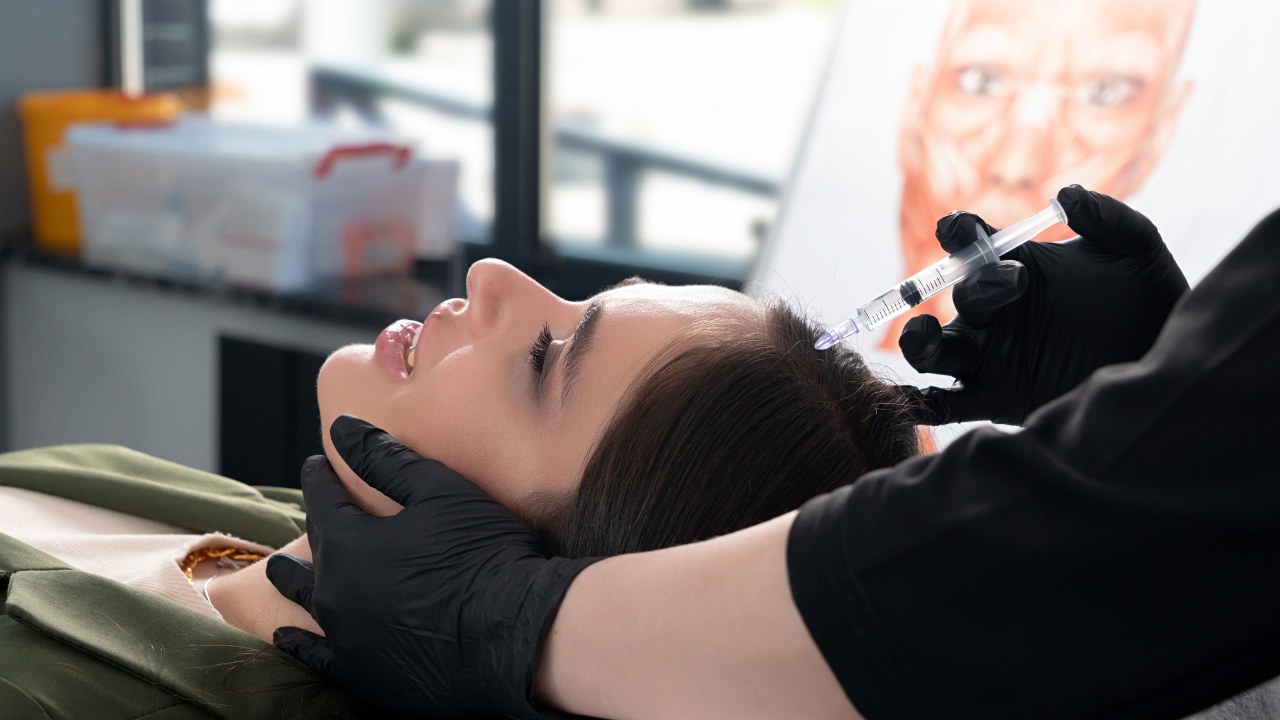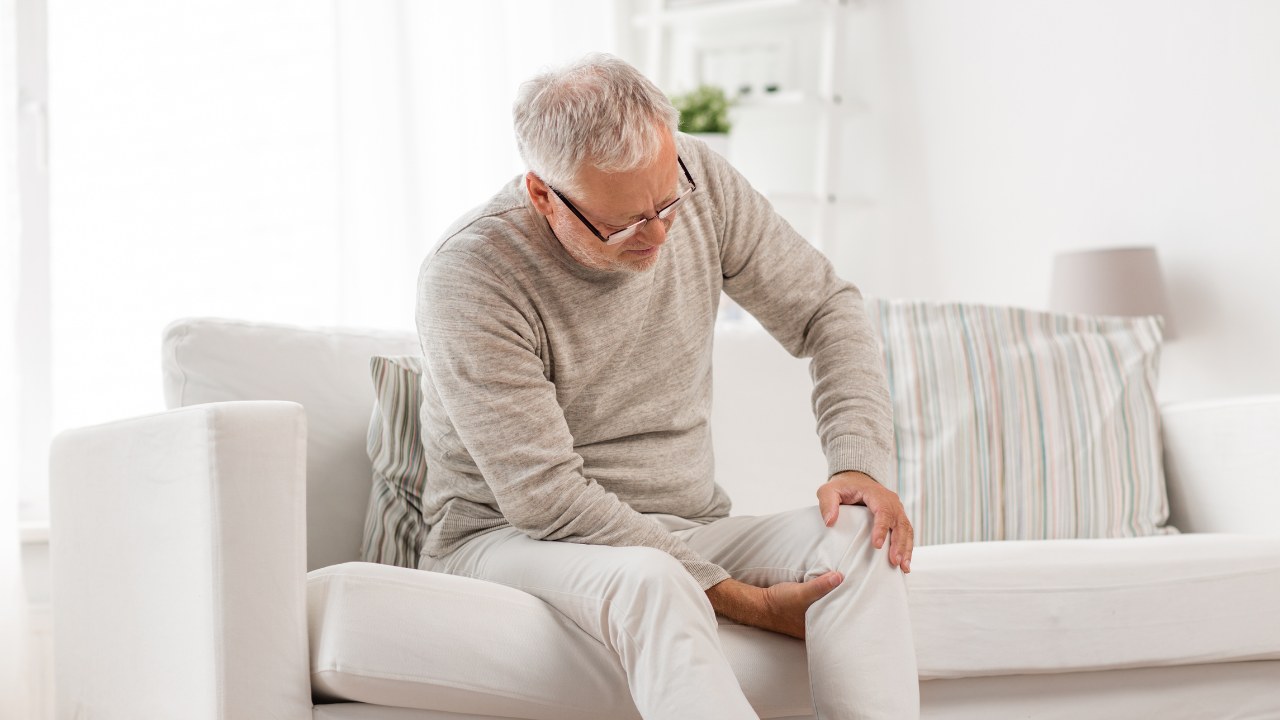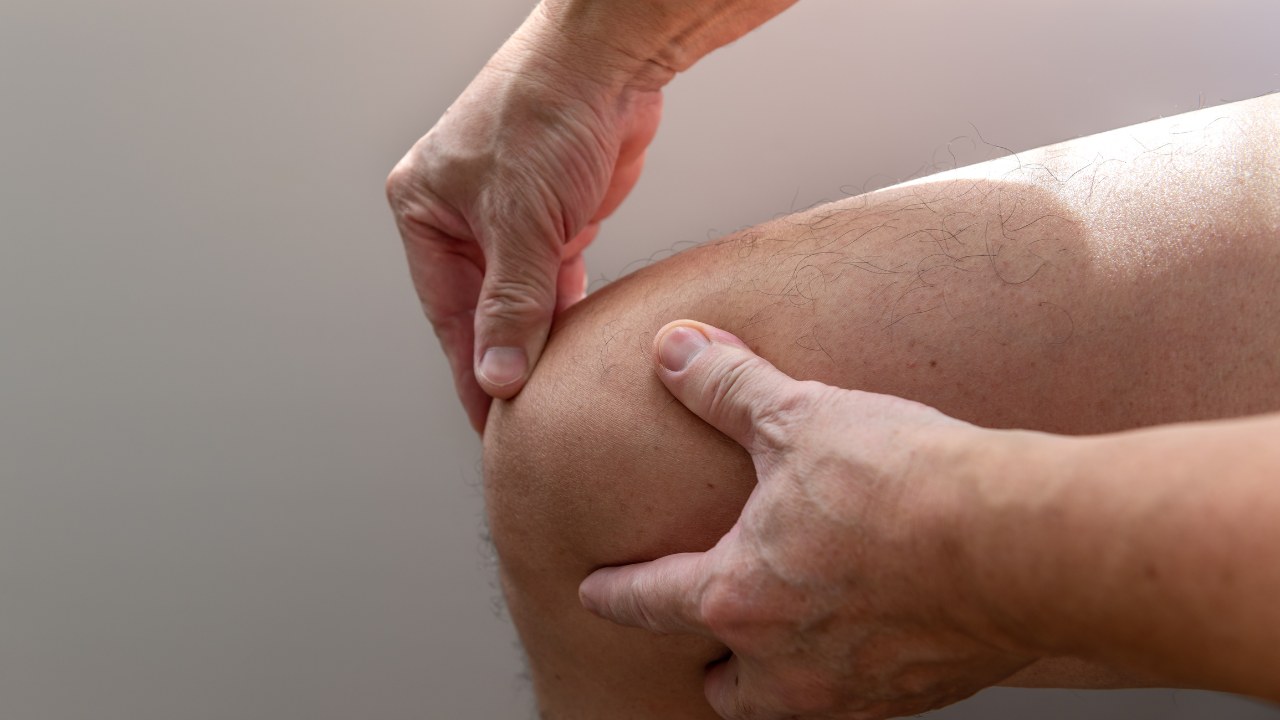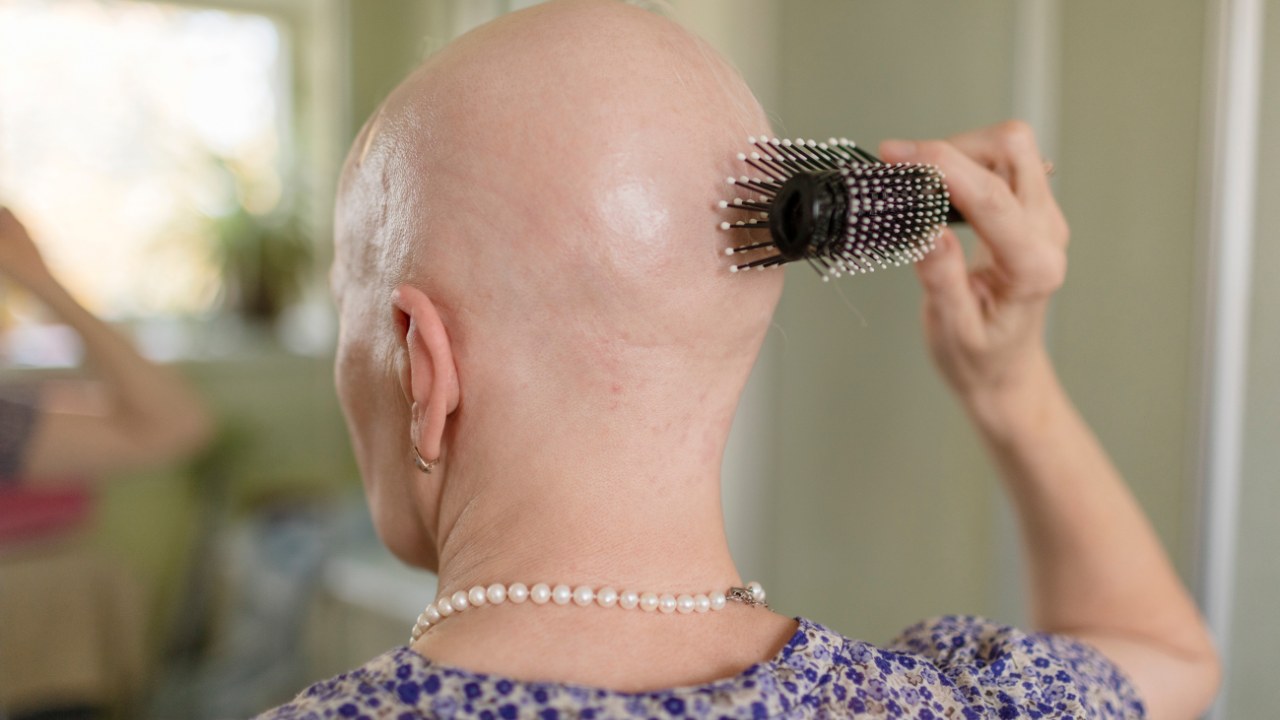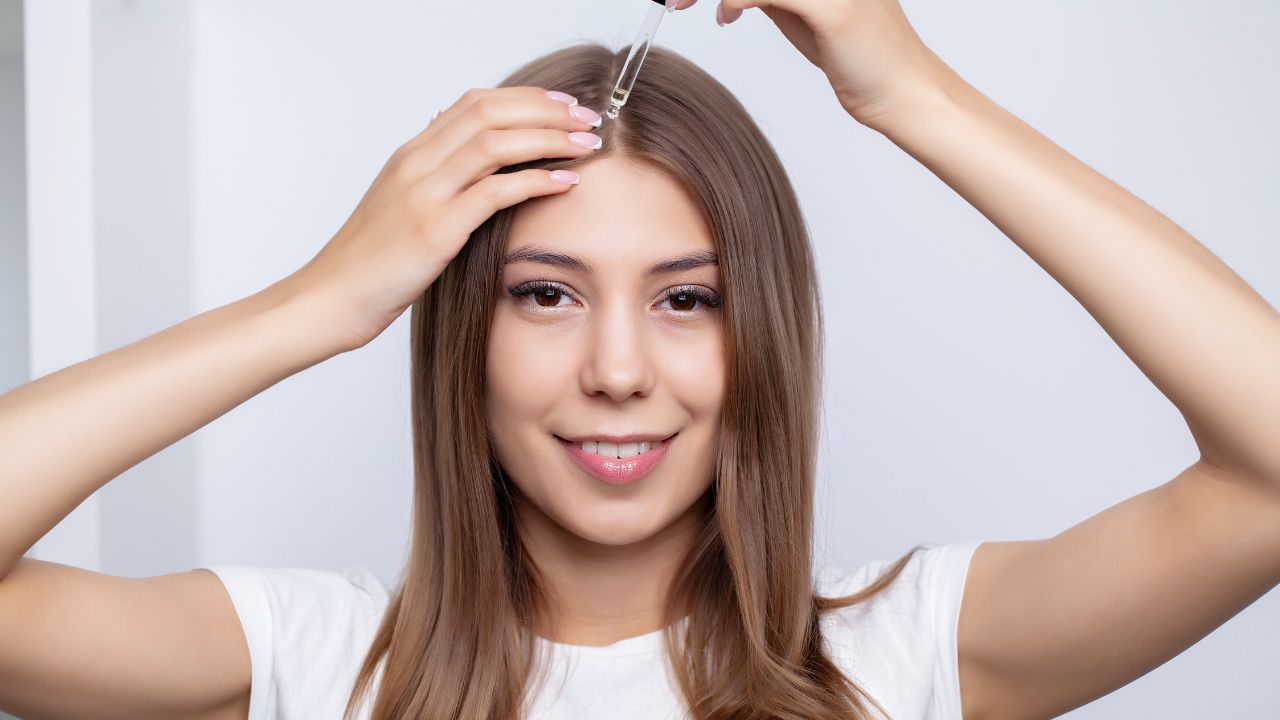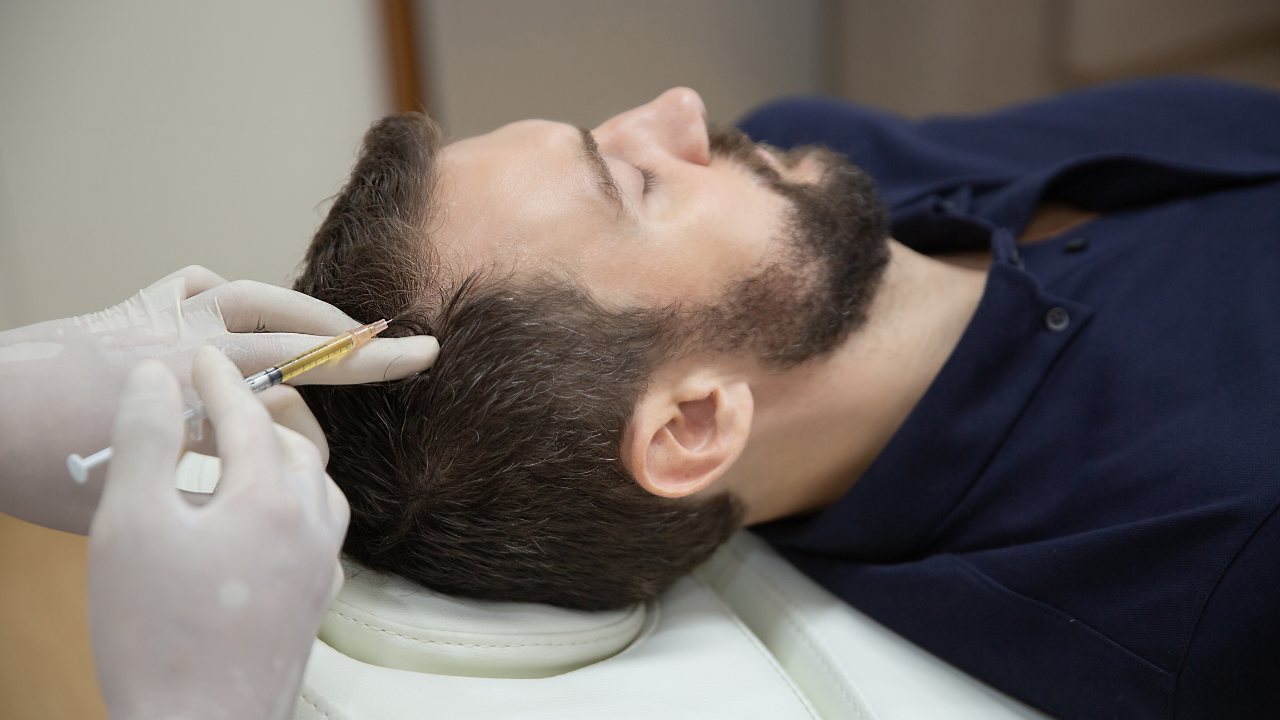Have you ever looked in the mirror and noticed those persistent dark circles or sunken eyes staring back at you? Believe me, millions like you are doing so!
People of all ages and genders struggle with these common cosmetic concerns. Enter Platelet-Rich Fibrin (PRF), an innovative treatment offering a natural solution to rejuvenate the under-eye area.
PRF for Undereyes
PRF is a cutting-edge procedure derived from your blood, which is spun down to concentrate the fibrin and growth factors.
This natural concoction is injected into the delicate under-eye area to promote healing, collagen production, and tissue regeneration. The result? Brighter, smoother, and more youthful-looking eyes.
What Causes Dark Circles?
Dark circles under the eyes are a common concern for many people, and their causes vary. Here’s a closer look at some of the primary factors that contribute to these pesky shadows:
Genetics
One of the most significant contributors to dark circles is your genetic makeup. If your parents or grandparents had dark circles, you might also be more prone to developing them.
Aging
Our skin naturally thins and loses collagen as we age, making the blood vessels beneath the skin more visible. This can create a darker appearance under the eyes.
Lack of Sleep
Poor sleep habits can cause the skin to become pale, making dark tissues and blood vessels beneath it more noticeable. Lack of sleep can also lead to fluid buildup under the eyes, making them appear puffy and shadowed.
Allergies
Allergic reactions can trigger the release of histamines, which can cause blood vessels to dilate and become more visible. Additionally, frequent rubbing or scratching of the eyes due to allergies can worsen the appearance of dark circles.
Dehydration
When your body is not well-hydrated, the skin under your eyes can look dull and sunken, emphasizing the appearance of dark circles.
Sun Exposure
Excessive sun exposure can increase melanin production (the pigment that gives skin its color), which can cause pigmentation around the eyes to darken.
Lifestyle Factors
Habits such as excess smoking and excessive alcohol consumption can contribute to the formation of dark circles by impacting the health and appearance of your skin.
Poor Nutrition
A diet lacking essential nutrients can affect overall skin health, making it more prone to dark circles. Vitamins C, K, and E deficiency can lead to skin issues.
What Causes Sunken Eyes?
Sunken eyes are typically caused by a loss of fat and collagen in the under-eye area, leading to a hollow, tired look. This can be exacerbated by genetics, aging, and lifestyle factors such as poor diet and lack of sleep.
How Long Does PRF Last?
One of the common questions about PRF treatments is their longevity. Generally, the results of a PRF under-eye treatment can last anywhere from 6 to 12 months. This duration varies based on age, skin type, and lifestyle.
Unlike other treatments, PRF’s natural approach means the effects build and improve with each session.
How Does a PRF Plasma Under Eye Treatment Work?
Imagine a treatment that uses your body’s natural healing abilities to rejuvenate your under-eye area. That’s precisely what a PRF Plasma Under Eye™ treatment does. Here’s a breakdown of the process:
Blood Draw
It all starts with a simple and safe blood draw, just like you would have for any routine blood test. This small sample is critical to creating the PRF.
Centrifugation
The lab technician will place the blood sample in a centrifuge with a high speed spin. This process separates the different components of the blood, isolating the platelet-rich fibrin (PRF) from the rest. PRF is rich in platelets, white blood cells, and growth factors – all crucial for healing and rejuvenation.
Preparation
Once the PRF is separated, it’s prepared for injection. This step ensures the PRF is in the best possible condition to promote healing and regeneration.
Injection
With great precision, the PRF is carefully injected into the under-eye area. The process is quick and minimally invasive, typically taking about 30 minutes. The growth factors and fibrin matrix work together to stimulate collagen production and enhance tissue repair, leading to a brighter as well as more youthful appearance.
What are the Advantages of PRF Eye?
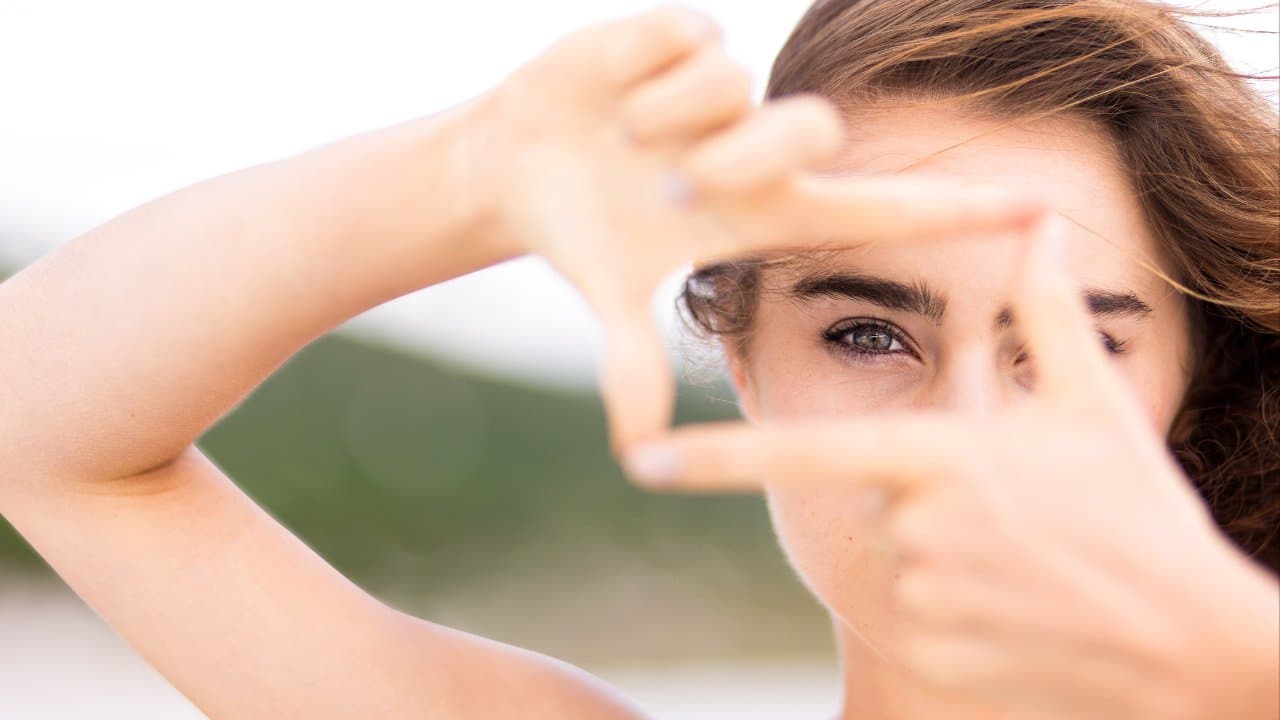
When it comes to rejuvenating your under-eye area, Platelet-Rich Fibrin (PRF) offers several distinct advantages that make it a preferred choice for many:
Natural Healing: PRF utilizes your body’s healing abilities. PRF naturally promotes collagen production and tissue regeneration by using concentrated platelets and growth factors from your blood.
Long-Lasting Results: Unlike some treatments that provide temporary fixes, PRF offers gradual improvements that can last. Results typically endure for 6 to 12 months, with ongoing enhancements seen over time.
Minimal Risk: Because PRF is derived from your blood so there’s minimal risk of allergic reactions or any adverse side effects. It’s a safe option for most individuals, including those with sensitive skin.
Versatility: PRF isn’t just for under-eye rejuvenation. It can also be used on other facial areas to improve skin texture, reduce fine lines, and enhance overall appearance.
Quick Recovery: Following a PRF treatment, downtime is minimal. You can immediately resume your all sort of daily activities, with any minor swelling or bruising subsiding within a few days.
Natural-Looking Results: PRF subtly enhances your natural features. It doesn’t create drastic changes but restores a youthful, refreshed appearance to the under-eye area.
Should I get PRF?
PRF might be the ideal solution if you’re looking for a natural, effective way to address dark circles and sunken eyes. It’s suitable for almost any skin types and can be an excellent option if someone prefer to avoid synthetic fillers or more invasive procedures.
Is getting PRF Under the Eyes Suitable for Men and Women?
PRF (Platelet-Rich Fibrin) under-eye treatments benefit men and women who want to address common concerns like dark circles, hollowing, and fine lines. This innovative procedure harnesses the body’s healing properties to rejuvenate the delicate skin under the eyes.
For men who often prioritize simple yet effective solutions, PRF offers a natural approach that aligns with their skincare needs. It helps reduce the appearance of tired eyes, creating a refreshed and more youthful look without the need for extensive downtime.
Similarly, women appreciate PRF for its ability to provide gradual improvements over time. Whether combating signs of aging or seeking to enhance your natural beauty, PRF can help restore volume and smooth out fine lines around the eyes.
Moreover, PRF treatments are customizable to suit different skin types and ages, making them a versatile option for anyone looking for a safe and effective under-eye rejuvenation solution.
Whether you’re a man or a woman, PRF under-eye treatments offer a non-invasive and natural way to achieve brighter, healthier-looking eyes with long-lasting results.
Aftercare
Following your PRF under-eye treatment, proper aftercare is crucial to optimize and maintain the results:
- Avoid Rubbing: Refrain from rubbing or touching the treated area to prevent irritation and promote healing.
- Use Cold Compresses: Applying cold compresses help reduce swelling and discomfort immediately after the treatment.
- Stay Hydrated: Drinking water regularly throughout the day helps your body flush out any toxins and supports the healing process.
- Avoid Sun Exposure: Protect the PRF treated area from any direct sunlight and wear sunscreen to prevent pigmentation issues.
- Follow Provider’s Instructions: Your healthcare provider will provide specific guidelines tailored to your needs. It’s essential to adhere to these instructions for the best possible outcome.
The Final Takeaway
PRF under-eye treatments offer a promising solution for those struggling with dark circles and sunken eyes. With its natural approach and long-lasting results, PRF is becoming trendy choice for individuals seeking a rejuvenated and youthful appearance.
Ready to say goodbye to those dark circles and say hello to brighter, youthful eyes? Schedule your PRF consultation with PRP Treatment Beverly Hills clinic today and discover how this innovative treatment can transform your under-eye area. Don’t wait – your journey to radiant eyes starts here!

